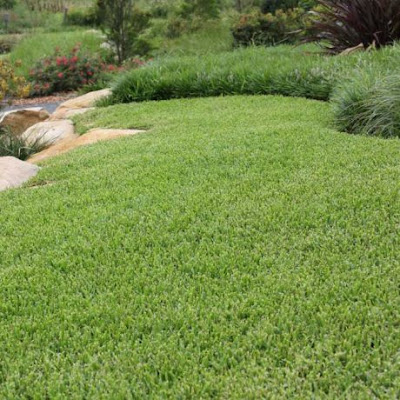Known for its lush green and vibrant appearance, soft-leaf buffalo turf has quickly become the favourite among homeowners and landscaping professionals. This grass is known for creating beautiful and low-maintenance lawns. Soft leaf buffalo turf is known as buffalo turf, and it is a warm-season grass that comes with a very smooth texture, high resilience and shade tolerance. There are some easy-to-follow installation tips related to soft-leaf buffalo turf that we are going to discuss in this post.
HOW TO INSTALL SOFT-LEAF BUFFALO TURF?
Some common steps to install soft leaf buffalo turf are presented below.
Remove all building waste and weeds from the lawn.
Spread free-draining soil to a depth of 15 cm as the roots of soft-leaf buffalo turf can penetrate to this depth.
Alternatively, you can loosen up the ground and mix appropriate soil conditioners recommended by the vendors of palmetto buffalo turf.
You can mix organic materials and level the surface using a screening board for sandy soils.
You can apply a low-analysis fertiliser with an appropriate ratio of NPK – 5:6:5 or a lawn starter fertiliser.
If you are laying soft-leaf buffalo turf in the summer, water the soil, but don't make it too wet.
It is recommended not to lay the soft-leaf buffalo turf on hot and dry soil.
You must lay the buffalo turf as soon as it is delivered.
During the summer, you should lay a section of this turf and water it lightly. Repeat this process until the entire turf is laid.
The next step is to water the turf after laying. You must water it thoroughly for at least two weeks until the grass has established completely.
SOME COMMON WATERING TIPS ARE DISCUSSED BELOW
Newly installed soft-leaf buffalo turf has very high watering requirements. You must water the turf immediately after installation to help the grass establish sufficiently. This watering will also impact the quality of your lawn and determine how the lawn will flourish for years to come.
WATERING TIPS FOR SOFT-LEAF BUFFALO TURF
The lawn should have moisture along the first 7 to 10 cm inside the ground.
During watering, ensure that every area of the lawn gets adequate water.
Sprinkler systems are ideal for watering soft leaf buffalo turf.
You must start watering the grass within half an hour after laying it on the soil.
This watering should be done at least 3 cm above the ground to make sure that the soil beneath the turf is adequately wet.











